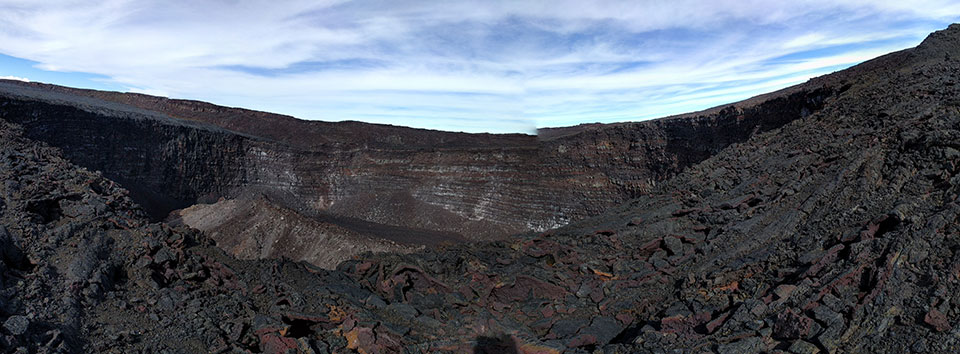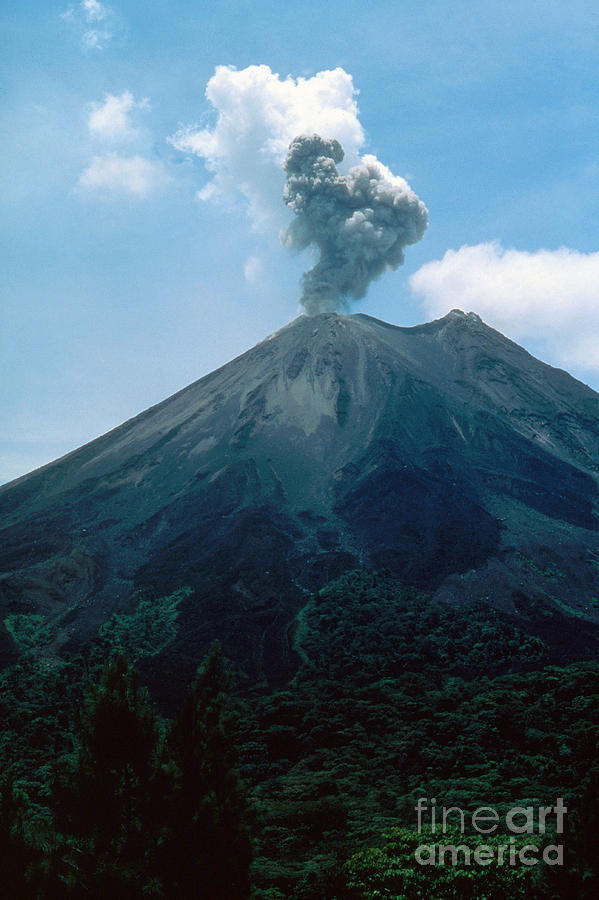

A voluminous amount of fluid, gas rich pahoehoe lava cascaded down the western wall of the caldera. The summit phase of the eruption commenced at approximately 17:05 on 26th April, with the opening of a fissure part way up the cliff along the western side of Mokuaweoweo caldera, across North Bay, and about 4 kilometers down the northeast rift zone. Like most flank eruptions of Manna Loa, the 1942 eruption began with a brief period of eruption in and near the summit caldera. Lava began erupting from a fissure at 285 m altitude, 14.5 km northeast of North Bay. The eruption occurred only four months after the attacks on pearl Harbour, and during a period of nightly imposed blackouts. The area covered by the flows above sea level was 90.4 square kilometers.Ī flank eruption occurred at Mauna Loa volcano in April 1942.

Probably between a third and a half of the total volume was extruded during the first 36 hours of the eruption. The total volume of lava erupted was at least 460 million cubic meters. The amount that entered the sea was more difficult to determine, but it is estimated to have exceeded 76 million cubic meters. The volume of lava poured out during the 1950 eruption of Mauna Loa and remaining above sea level was approximately 387 million cubic meters. The eruption is believed to have ended on 23rd June. Many fish were killed, some of them unidentified deepwater species. The Kaapuna flow plunged into the ocean over a sea cliff 15 to 25 meters high, gradually building the shore line forward about 160 meters. It continued until 13th June, and attained a volume of about 184 million cubic meters. This flow, which is known as the Kaapuna flow, became the principal lava flow of the eruption. It reached the highway at 14:00 on June 2 and entered the ocean at 15:30. By daylight on 2nd June the activity of the Honokua flow had greatly diminished, and by 11:00 movement in it had essentially ceased.Īnother lava flow at Mauna Loa originated along rift fissures between altitudes of 2,380 m and 2,680 m late on 1st June or early on 2nd June. This flow destroyed several houses, a filling station, and the Hookena Post Office at the village of Pahoehoe, where it crossed the highway. The other flow poured rapidly westward from the vents between 2,740 and 3,050 meters altitude, and reached the ocean at 01:05 on 2nd June 2, having advanced 24 km in a little more than 2.5 hours. By early morning on 2nd June it had extended 16 km but was already stagnating. One flow erupted from a fissure between 3,050 m and 3,200 m altitude. The Honokua lava flow covered the 24 km from vent to the ocean, in less than 3 hours.ĭuring the first few hours of the eruption two rapidly moving flows began. The eruption lasted for 23 days, and produced a large volume of lava. A line of fountains occurred in the summit caldera, and extended about 2 km beyond the caldera margin into the southwest rift zone.Ī large and spectacular eruption from the southwest rift zone of Mauna Loa began on 1st June 1950. Mauna Loa volcano began erupting on 5th July 1975. The eruption finished on 15th April 1984. By 29th March, lava flows reach within 6.5 km of Hilo. This was followed by fissures opening on upper NE Rift Zone. Lava fountains were visible in Mokuaweoweo caldera. On 30th March 2010 Hawaii Volcano Observatory decreased the alert level at Mauna Loa volcano from yellow to green (the lowest level).Įarly on the morning of 25th March 1984, a magnitude 4 earthquake accompanied an eruption of Mauna Loa volcano.

Inflation of Mauna Loa volcano stopped in late October 2009. On 5th October 2022 the summit of Mauna Loa was closed to climbers due to elevated seismic activity.

Lava from the hills erupted about 100,000 years ago.Ī summit eruptiuon began at Mauna Loa Volcano at 11:30 pm local time on 27 November 2022 The features are the oldest exposed portions of Mauna Loa volcano, and have been placed in their location by landslides on Mauna Loa. These hills are located inland from Punalu`u, on the southern side of Mauna Loa volcano. Mauna Loa volcano looking towards Kilauea summit eruption. Mauna Loa volcano is spreading because its size is large compared to the thin basal layer. Mauna Loa volcano ended its longest historical period of inactivity with the eruption beginning on 27 November 2022. On the sea floor, it rises more than 17,000 m (56,000 feet). Mauna Loa volcano is one of the tallest mountains in the world.


 0 kommentar(er)
0 kommentar(er)
